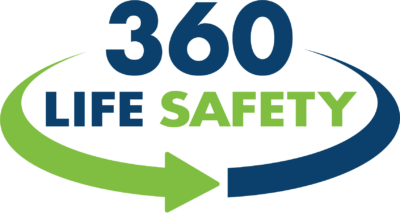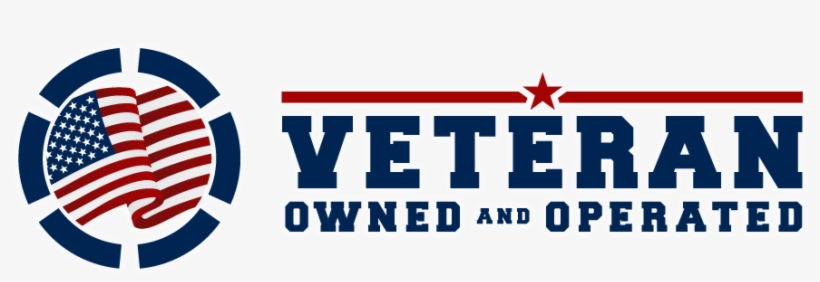First Aid Kits v. Trauma Kits
We have seen natural disasters and unexpected tragedies occur over and over these past two years: a world-wide pandemic, violent protests, dangerous hurricanes, and massive wildfires are just a few. Many of us prepare for emergencies with First Aids kits; they’re in our homes, cars, and offices. But the 360 Life Safety team recognizes that these kits are not enough when it comes to more than a scraped knee on the playground. Our team wants civilians to be prepared to treat and respond to injuries whenever they occur with the proper kit on hand.
What is a First Aid Kit?
First Aid kits help non-medical professionals treat cuts, scrapes, and burns but can not help in times of serious injury. In 1888, Robert Wood Johnson and a surgeon for the Denver & Rio Grande Railway saw a need to bring medical supplies to railway workers who worked far afield from medical facilities. Giving First Aid kits to railway workers provided them with immediate care and helped to prevent injuries from worsening.
First Aid kits are the beginning step in being prepared for injury. These kits are accessible and affordable and should include these nineteen important items according to the American Red Cross. Check out this blog post to learn more about First Aid kits.
What is a Trauma Kit?
A Trauma Kit is designed to stop traumatic bleeding before medical assistance can arrive. Trauma kits typically include more advanced medical supplies than a First Aid kit such as tourniquets, hemostatic gauze, and pressure dressings and come in a large, well-organized bag for a quicker response time in an emergency. A Trauma kit will include less items than a First Aid kit but will be larger in size because of the level of equipment needed to stop hemorrhaging. Using a Trauma kit may require training to be most effective when disaster strikes.
Four major differences between a First Aid kit and Trauma kit include:
- Purpose. A First Aid kit is intended to treat everyday injuries such as scrapes and burns while a Trauma kit is meant to treat a potentially life-threatening injury before medical attention arrives.
- Skill Level. First Aid kits are usable for most people and typically include a First Aid guide inside, while Trauma kits require the user to know how to use the specialized equipment. A Trauma kit may be intimidating for those that do not know how to use the equipment provided, but 360 Life Safety believes equipment and training go hand-in-hand. Our team offers in-person and online training for all of our Trauma Kits.
- Packaging. First Aid kits often come in a smaller pouch or plastic case with little organization to it. A First Aid kit can be used for multiple events before needing to be refilled. Due to more advanced equipment, a Trauma kit needs to be packaged efficiently so that a user can react quickly to an emergency with easy access and minimal delays.
- Pricing. A Trauma Kit is costlier due to the more advanced equipment it includes and the specific bag that must be used to carry the supplies. Depending on the quantity of supplies included in each kit, prices will vary. A high-quality First Aid kit can cost from $15-$75 while a Trauma kit can cost from $25-$300. Customers should invest in a kit that fits their specific needs.
Though there are several differences between the two kits, the most important difference is their purpose: a Trauma Kit is suited for life-threatening injuries while a First Aid kit is suited only for minor injuries. Accidents happen all the time, and disasters can have severe consequences, so begin preparing for the unforeseen with a First Aid kit and Trauma kit that’s right for your lifestyle. Preparing now can save lives later.
Find a Kit that Works for You
360 Life Safety’s 92-piece First Aid Kit and our larger Mini-med Bag are designed to prepare you for minor injuries with portability and convenience. It includes the necessary components to an effective First Aid Kit such as a First Aid guide, antiseptic wipes, bandages, tourniquet, eye wash, an emergency blanket, and more. Our kits are organized for quick accessibility and can easily be refilled. These kits are HSA and FSA approved.
360 Life Safety also offers an advanced line of Trauma Aid Kits (TAKs) that fit a variety of different needs while still keeping our customers prepared for any emergency. 360 Life Safety offers three lines of Trauma Aid Kits to allow our customers to choose what kits best suit their needs. Our wall-mounted Trauma Aid Kits include our Individual Trauma Aid Kit (iTAK) and Multi Trauma Aid Kit (mTAK), which provide various levels of support for multiple wounds when disaster strikes. For those of us on the go, 360 Life Safety offers a Tactical Trauma Aid Kit (tTAK) that includes all necessary equipment but is easily mobile with a sling strap. Our team also offers mini Trauma Aid Kits (miniTAKs) that are compact so you can pack and store them wherever you need.
Visit our website to view more safety solutions and training and follow our blog for more helpful resources about making your life better prepared for the unforeseen where you live, learn, work and pray.

